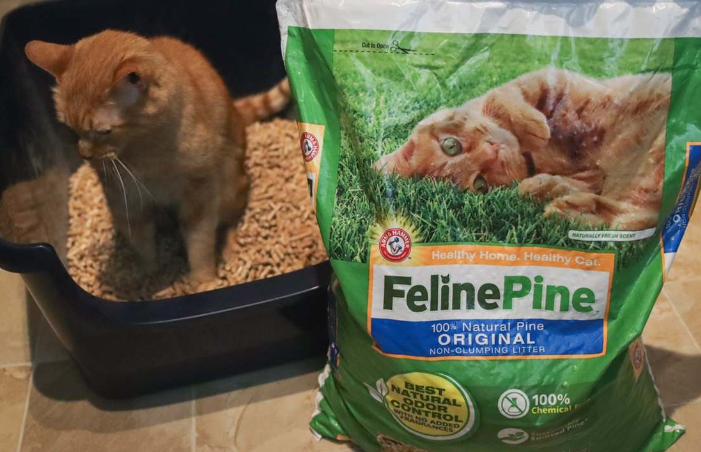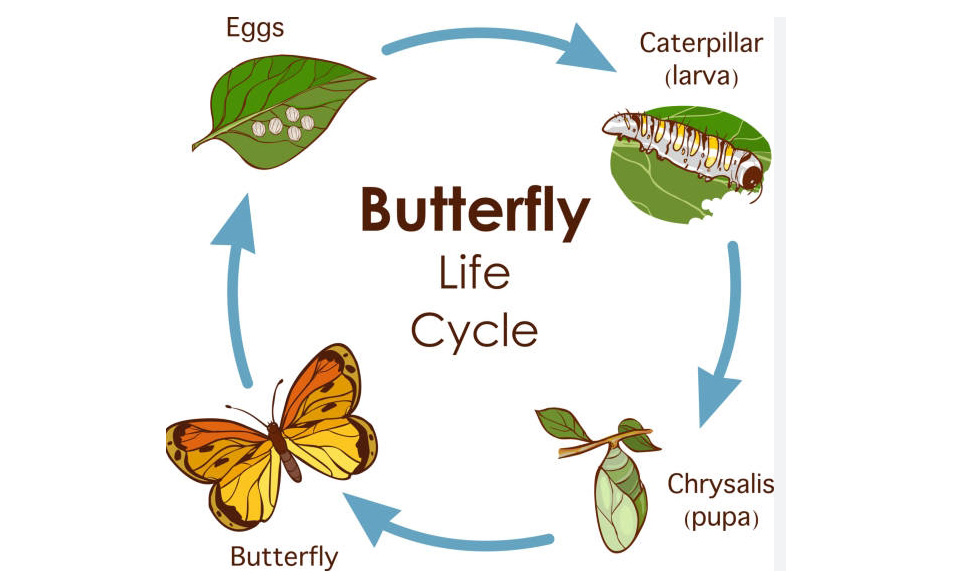Understanding Pine Litter: Nature’s Versatile Mulch
Pine litter, often overlooked, is an essential component of many forest ecosystems and offers numerous benefits to gardens and landscapes. This natural material, consisting of fallen pine needles, cones, and other woody debris, is not only useful for managing soil health but also aids in creating a beautiful, low-maintenance garden environment. Let’s explore the wonders of pine litter and discover how it can benefit your gardening endeavors.
The Benefits of Pine Litter as Mulch
One of the primary uses of pine litter is as mulch. This organic material serves as a protective layer covering the soil, helping to retain moisture while preventing weed growth. Pine needles, in particular, break down slowly, meaning they can last longer than other organic mulches, reducing the need for frequent replacement. Additionally, they help regulate soil temperature, protecting plant roots during temperature extremes. As they decompose, pine needles also contribute essential nutrients, enriching the soil with organic matter.
Using Pine Litter for Soil Improvement
Incorporating pine litter into your soil can significantly improve its structure and health. The organic matter from decomposing pine litter enhances soil aeration, improving root development and promoting healthier plant growth. Moreover, pine needles are slightly acidic, making pine litter particularly beneficial for acid-loving plants such as blueberries and azaleas. However, it’s essential to remember that when using pine litter, balance is key. Mixing it with other organic materials, such as compost, can yield a nutrient-rich environment suitable for various plant types.
Pine Litter in Landscaping and Erosion Control
Beyond gardening, pine litter plays a significant role in landscaping and erosion control. Its natural texture and color blend well with many landscapes, providing an attractive ground cover. By using pine litter on slopes or areas prone to erosion, you can reduce soil washout during heavy rains. The layers of pine needles maintain moisture and allow for water absorption, enhancing soil stability and preventing erosion. Additionally, its natural aesthetic can complement native vegetation, making it a popular choice for eco-friendly landscaping.
Conclusion
Incorporating pine litter into your garden and landscaping can yield multiple benefits, from improving soil health to enhancing aesthetic appeal. Whether you want to manage weeds more effectively or nurture acid-loving plants, this natural resource is versatile and valuable. Explore the possibilities of pine litter in your gardening routine, and consider how it can elevate your outdoor spaces. For further reading or tips on using pine litter, dive into local gardening resources or connect with your community’s gardening groups to learn from fellow enthusiasts!




